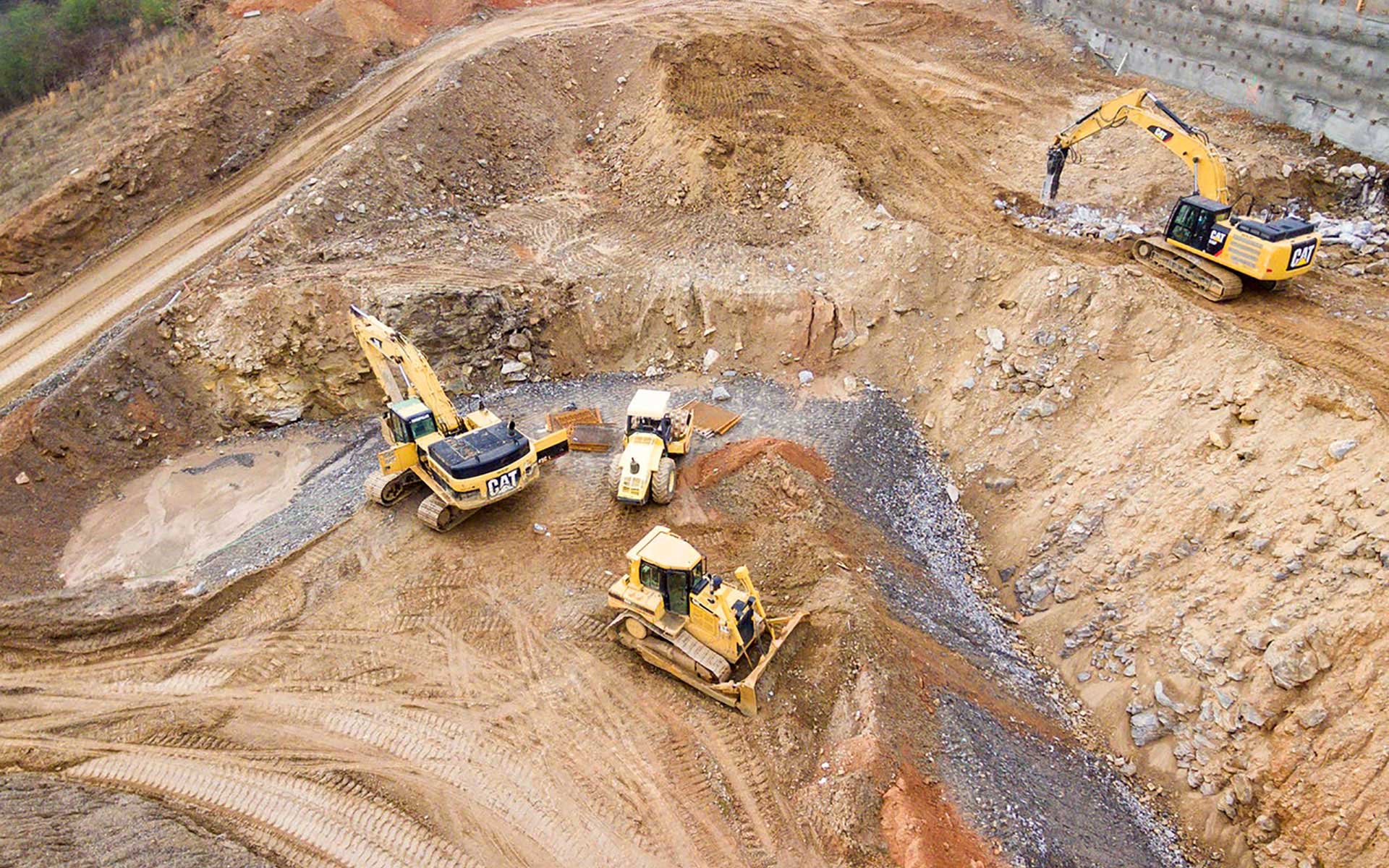When deciding between epoxy and laminate flooring, you might find yourself torn between durability, cost, and ease of installation. Each option presents its own set of advantages and considerations that can influence your decision-making process. Understanding how these factors play out in the battle between epoxy and laminate flooring can help you make a well-informed choice for your space.
Epoxy flooring offers a sleek, modern look with a seamless finish that can be customized with a variety of colors, patterns, and textures, making it a popular choice for contemporary commercial spaces seeking a polished aesthetic. In contrast, laminate flooring provides a wide range of wood, stone, and tile designs that mimic natural materials, offering versatility in achieving specific décor themes and styles.
Durability and Resistance to Damage
When comparing epoxy and laminate flooring, durability and resistance to damage play crucial roles in determining the most suitable option for your space. Epoxy flooring is highly scratch-resistant, making it an excellent choice for areas with high foot traffic or where heavy items are frequently moved. Its impact durability is also impressive, able to withstand the weight of machinery or tools without denting or cracking. Additionally, epoxy boasts excellent moisture resistance, making it ideal for spaces prone to spills or humidity. This feature prevents the growth of mold and mildew, ensuring a clean and healthy environment.
On the other hand, laminate flooring offers good scratch resistance, although not as robust as epoxy. It can withstand normal wear and tear but may show scratches over time, especially in high-traffic areas. The impact durability of laminate is moderate, suitable for regular foot traffic but susceptible to damage from heavy objects. While laminate has decent moisture resistance, prolonged exposure to water can cause swelling and warping. Stain resistance is another advantage of laminate, making it easier to clean and maintain compared to other flooring options. However, laminate flooring requires more maintenance than epoxy, needing regular cleaning and occasional resealing to preserve its appearance and longevity.
Cost-Effectiveness and Long-Term Value
To assess the cost-effectiveness and long-term value of epoxy and laminate flooring, consider their initial installation expenses and maintenance requirements over time. Epoxy flooring generally offers a higher upfront cost due to the specialized materials and labor-intensive installation process. However, it is known for being extremely durable and long-lasting, making it a cost-efficient option in the long run. On the other hand, laminate flooring is typically more budget-friendly initially, but it may require more frequent replacement or repairs compared to epoxy.
When evaluating the long-term value, epoxy flooring stands out for its longevity and resilience. It is a high-quality flooring option that provides a good return on investment due to its durability and minimal maintenance needs. While laminate flooring can be affordable, it may not last as long as epoxy and could end up costing more over time with replacement and upkeep expenses. The choice between affordability and quality is crucial when considering the cost-effectiveness of these two flooring options.
Ease of Installation and Maintenance
Installing and maintaining epoxy flooring requires specialized skills and attention to detail due to its unique properties and application process. While epoxy flooring can be a bit more complex to install compared to laminate flooring, there are ways to make the process more manageable. Time-saving techniques such as proper surface preparation, using self-leveling epoxy, and working efficiently can help streamline the installation process.
When it comes to maintenance, epoxy flooring is relatively easy to clean and maintain. Regular sweeping and mopping with a mild detergent are usually sufficient to keep the floor looking its best. For tougher stains or dirt buildup, you can use a soft-bristle brush or a non-abrasive cleaner. Avoid harsh chemicals or abrasive tools that can damage the epoxy surface.
In terms of repairs, epoxy flooring offers some flexibility. Small chips or cracks can often be fixed with a DIY epoxy repair kit, which is readily available at most home improvement stores. For more extensive damage, such as large areas of delamination or severe cracking, it’s best to seek professional help to ensure the repair is done correctly.
Whether you choose to tackle the installation and maintenance of epoxy flooring yourself or enlist the help of professionals, understanding the proper techniques and care instructions is crucial for maximizing the longevity and appearance of your epoxy floor.
Conclusion: Which Flooring Is Worth Investing In?
Considering the installation complexity and maintenance requirements of epoxy and laminate flooring, determining which flooring option is a more worthwhile investment involves evaluating various factors. In terms of durability, epoxy flooring generally outperforms laminate flooring due to its high resistance to impacts, chemicals, and abrasions. While laminate flooring can be durable, it is more prone to scratches and water damage compared to epoxy.
When it comes to visual appeal, both epoxy and laminate flooring offer a wide range of design options. Epoxy flooring can create a seamless, glossy finish that enhances the aesthetic of a space, while laminate flooring provides various wood and stone patterns to suit different styles.
For eco-friendly options, laminate flooring is often considered more sustainable as it can be made from recycled materials and is recyclable. Epoxy flooring, on the other hand, may contain volatile organic compounds (VOCs) during installation, although low-VOC options are available.
In terms of heat resistance, epoxy flooring can withstand high temperatures better than laminate flooring, making it suitable for areas with heat exposure like kitchens. Additionally, epoxy provides better moisture protection, making it ideal for spaces prone to spills or high humidity levels.
Ultimately, the choice between epoxy and laminate flooring depends on your specific needs and preferences. If durability, heat resistance, and moisture protection are top priorities, epoxy flooring may be the more worthwhile investment. However, if visual appeal and eco-friendliness are key factors for you, laminate flooring could be the better choice.
Consider your priorities carefully, weighing factors such as longevity, maintenance requirements, and environmental impact, to make a well-informed investment that aligns with the unique demands of your commercial or residential space.

